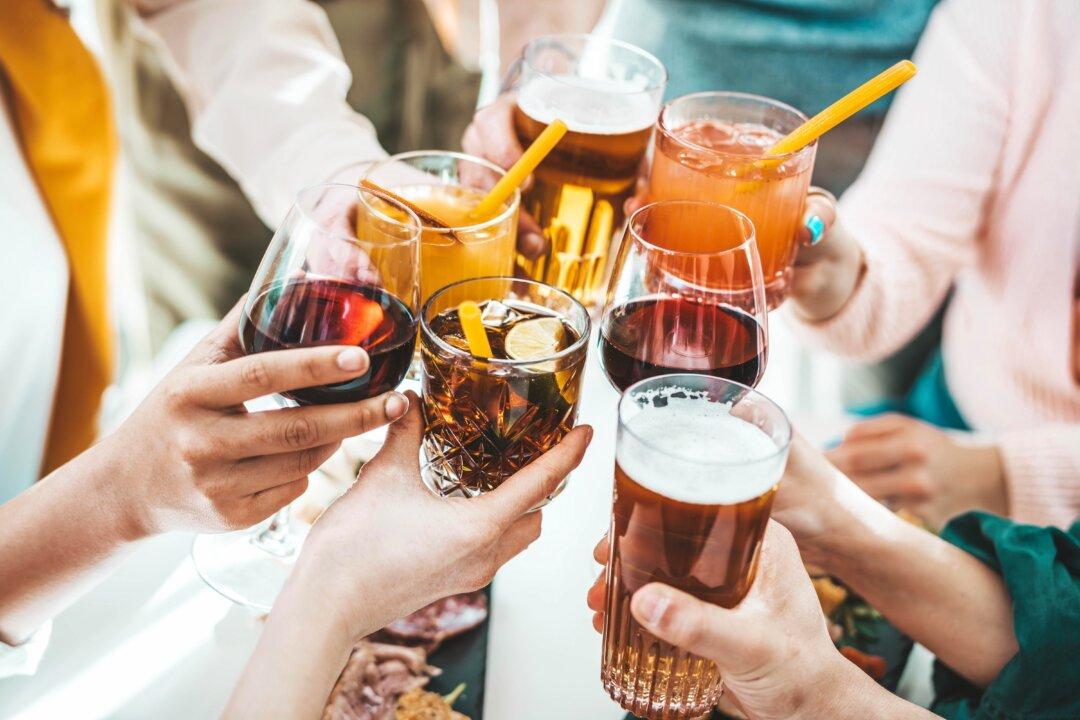Since the end of Prohibition (1920–33), drinking has been part of many Americans’ lives. From cocktails with friends to wine at Thanksgiving dinner, drinking is around. In fact, 62 percent of Americans say they drink alcohol. But that may be changing.
Many Americans are turning their backs on booze. Although some cite health reasons, many others are saying no to alcohol to save money. This is especially true among young people. But is this a viable trend? Are Americans starting to drink less to save money?






